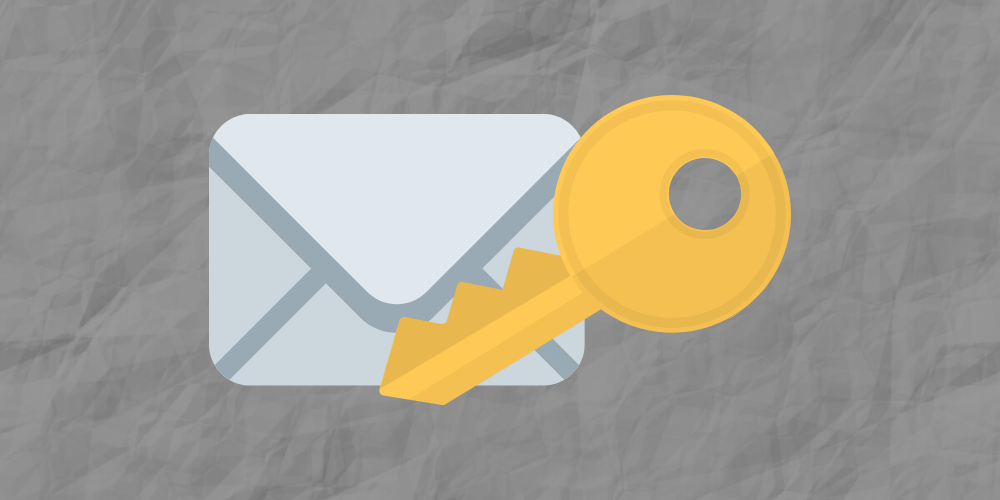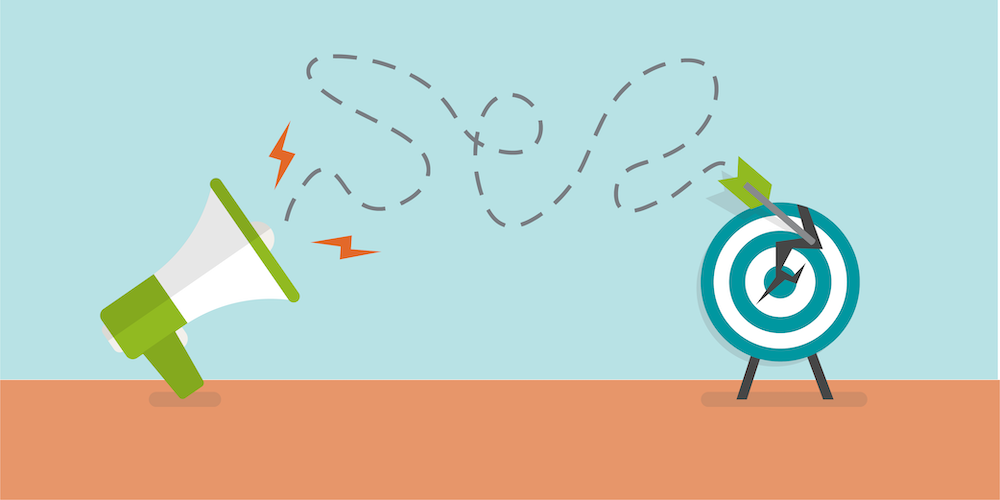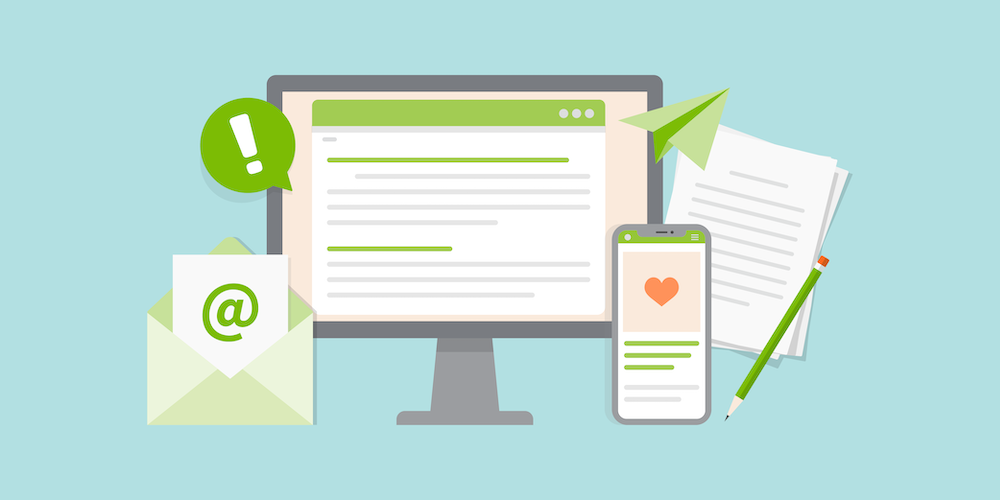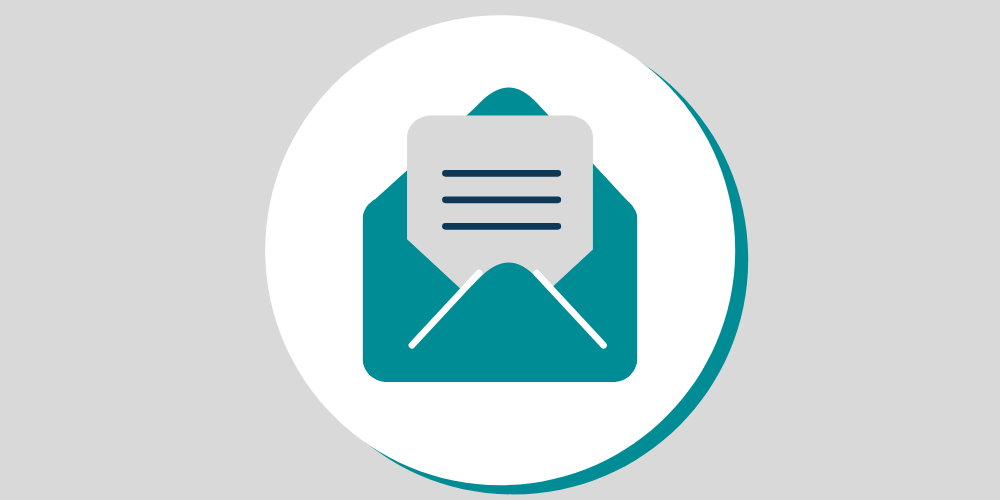3 Keys to Crafting Stellar Sales Emails
By Jordan Eller

Sales emails are powerful tools for raising awareness about your brand and compelling your prospects to engage with your business.
But how can you be sure your recipients are going to respond? Or even open the emails in the first place?
Crafting effective sales emails is equal parts art and science. There are hundreds of posts detailing best practices for developing email campaigns, but the truth is that you won’t get anywhere by simply following formulas.
In order to truly drive engagement with sales emails, you need to get serious about your strategy. From audience segmentation, to crafting the emails, to monitoring engagement over time, there are a multitude of ways to optimize the performance of your sales emails.
We’ve collected a handful of tips that are proven to boost your open rates and responses from prospects.
1) Craft a killer subject line
You could write the most compelling email in the entire world, but it won’t mean anything if your recipients don’t actually open it.
Strong subject lines are essential for getting buy-in from your prospects. Your subject line should pique the interest of your reader without making you sound overtly “salesy”. This can be a tough balance to strike, since ultimately your goal is to convert prospects. However, there are a few elegant ways to make your point while not sounding like a greasy used car salesman.
Here are a few examples that have worked well for the Forma team:
- Quick question about [perceived need]
- Michael suggested I reach out
- Have you seen our whitepaper about [relevant interest]?
- Tips for positioning your brand (with case studies)
- Question about your sales strategy
There’s one theme running through these ideas: personalization. The more personal you can get, the higher the chance that your recipient will open your email. If you can reference their name, company, industry, or goals, you’ll be that much closer to sealing the deal.

2) Keep it short, relevant, and personalized
Back in the day, it was a best practice to load your emails up with as much content as possible. But people’s attention spans aren’t what they used to be, and there’s a strong possibility that they don’t have time to read a 500-word email. Walls of text belong in books, not in sales emails.
Another key is to always make sure your emails convey value by connecting your business to your prospect. This is where you can flex your knowledge about their business. If you can pinpoint exactly what the needs of your prospect are, they are much more likely to respond. Instead of filling your email with generic value propositions, remember that you want this to be a conversation, and conversations require a dialogue. To help start a dialogue, use relevant questions that have been personalized to suit their industry or position, such as:
- Does [company] use an agile sales strategy?
- Does [company] struggle to stand out from your competitors?
- Do you have unanswered questions about messaging and positioning?
- Does your team struggle with staying aligned on projects?
- Do you have a content strategy in place?
By posing questions to your recipient, you’re paving the way for continued dialogue about their needs and your services.
3) Finish strong!
A closing statement can make or break your email, and there’s nothing more tragic than hooking a recipient only to lose them with a sloppy closing statement or signature.
Continuing with our theme of personalization and opening a dialogue, you’ll want to close your email with a question that spurs your recipient to action. We’ve seen many companies use old-fashioned declarative statements to close their sales emails, such as “Reach out today” or “We think we’re a good fit for your needs”. Instead, consider using something like:
- Do you have time on your calendar to discuss?
- Do you have 15 minutes on Wednesday to have a conversation?
- Are you available for a 20 minute call tomorrow?
- Can I answer any lingering questions you may have?
- When would be a good time to discuss?
By posing a question to the recipient, the conversation becomes more dynamic than it would be if it you used a generic declaration.
Another key element of a high-quality sales email is a high-quality signature. A signature should be professional and elegant. Stay away from garish images or hackneyed quotes. Keep it short, and provide professional links to your website and your LinkedIn profile.
There are a variety of tips and best practices to consider when developing sales emails. If you have any questions about how Forma can help position your sales team for success in the life science industry, don’t hesitate to start a conversation!





